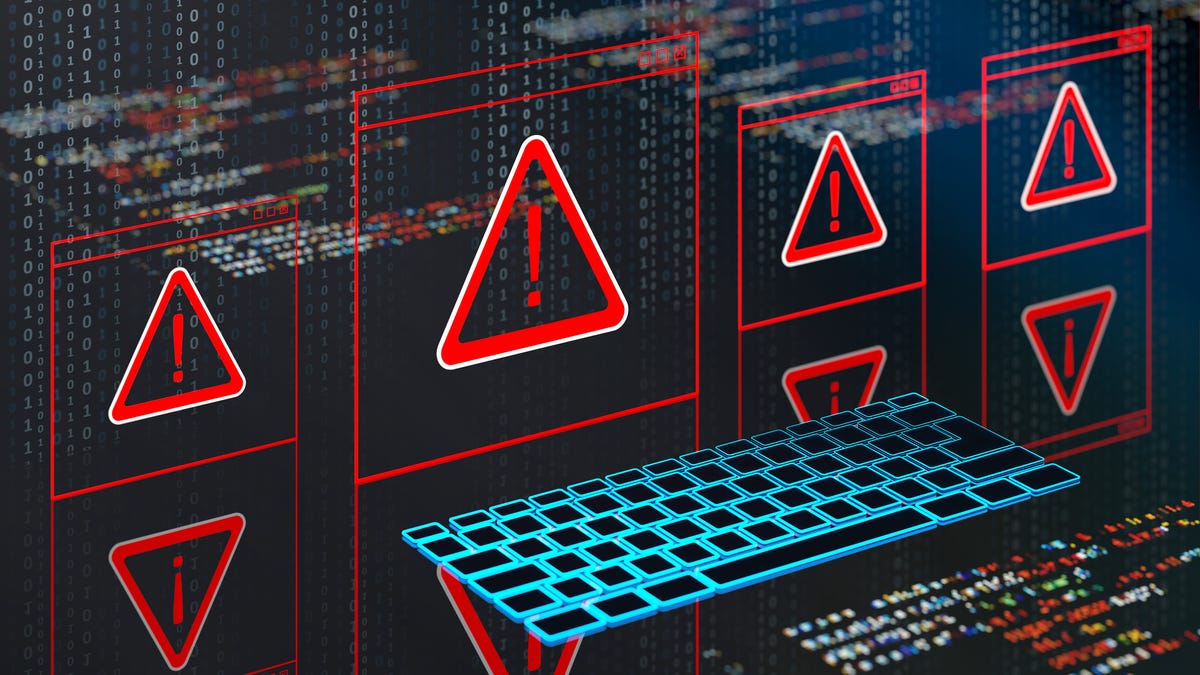A very good friend of mine who taught me how to run Linux just sent me these 2 article's.
"Just about every Windows and Linux device vulnerable to new LogoFAIL firmware attack"

 arstechnica.com
arstechnica.com
 www.kb.cert.org
www.kb.cert.org
Can this happen even with a BIOS password in place?
"Just about every Windows and Linux device vulnerable to new LogoFAIL firmware attack"

Just about every Windows and Linux device vulnerable to new LogoFAIL firmware attack
UEFIs booting Windows and Linux devices can be hacked by malicious logo images.
Image files in UEFI can be abused to modify boot behavior
Binarly has also observed that in some cases an attacker can create a bundled firmware update that contains a corrupt or malicious image to trigger these vulnerabilitiesCERT/CC Vulnerability Note VU#811862
Image files in UEFI can be abused to modify boot behavior
Can this happen even with a BIOS password in place?





